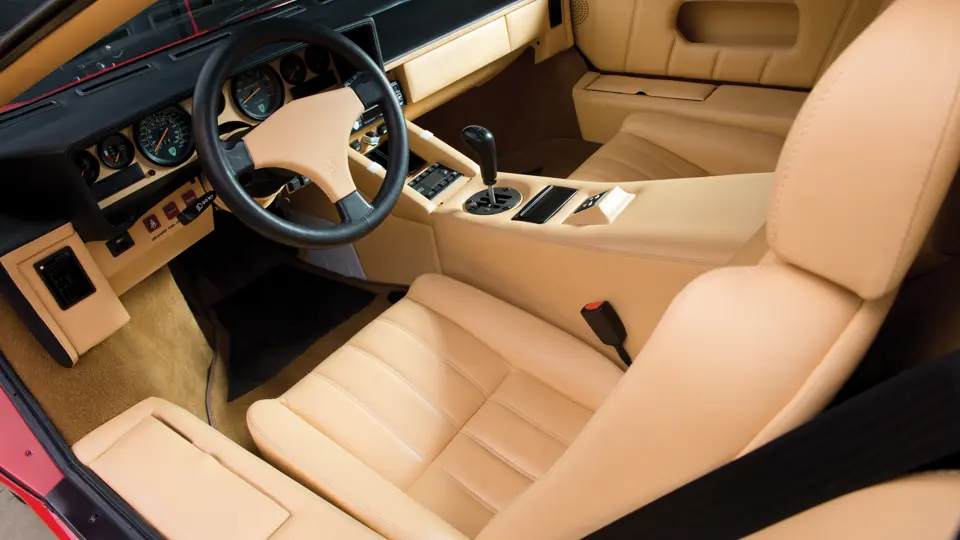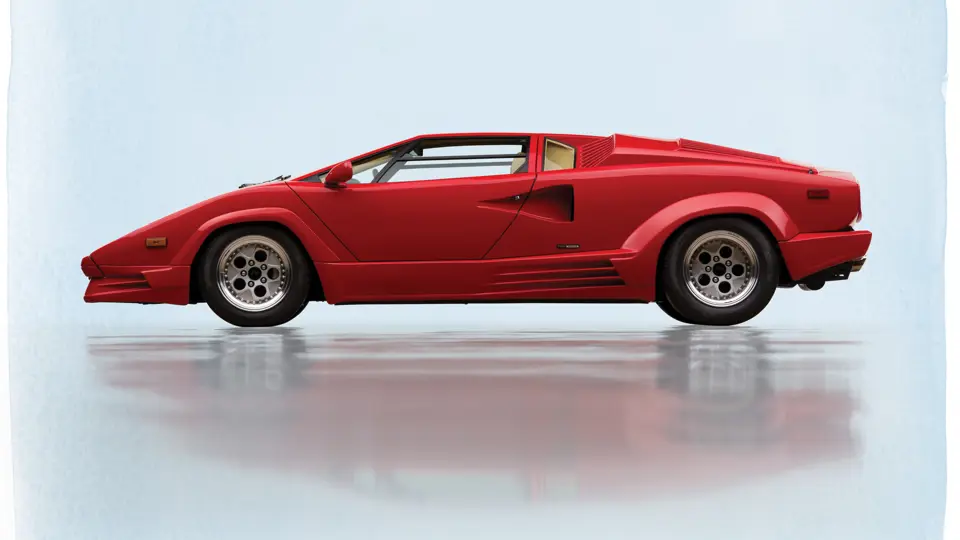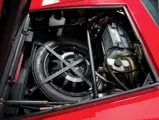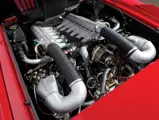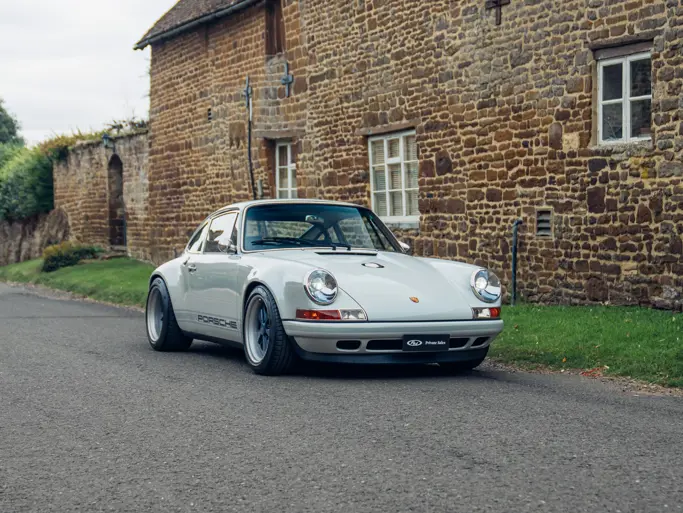449 bhp, 5,167 cc V-12 engine, five-speed manual transmission, front and rear independent suspension with coil springs and telescopic shock absorbers, and four-wheel Girling ventilated disc brakes. Wheelbase: 96.4 in.
The original LP500 Countach turned the automotive world on its head when it premiered at the 1971 Geneva Motor Show. Automotive styling was only just beginning to transition away from the curvaceous lines seen on cars of the 1950s and 1960s to the more angular designs that are now characteristic of the 1970s. The Countach, which was designed by Marcello Gandini at Bertone, was low slung, aggressive, and very much different than anything else on the road. The production version wouldn’t arrive until three years later, once again at the Geneva Show in 1974, but it remained largely similar to the original design. Production of the car was slow at first, but as the Countach’s popularity began to grow, not only within the automotive world but also within pop culture, many more examples would leave the factory’s gates over the next 15 years.
In celebration of its 25th anniversary, Lamborghini unveiled a special edition of the Countach, which boasted numerous updates over the existing 5000 QV. There were nearly 500 subtle changes and updates to the 25th Anniversary Countach, which is far too many to list individually, but overall, these changes were intended to increase passenger comfort and style.
The bodywork was redesigned by none other than Horacio Pagani. Under his leadership, the Countach’s nose was lifted slightly and the front bumper was redesigned with new air intakes in an effort to more effectively channel air to the front brakes. At the same time, the rear bumper also received subtle styling changes. The two most notable changes were to the air intakes that were located just behind the door, which received thicker strakes in body color rather than in black, and the wheels were now two-piece forged alloy rims.
Inside, the Countach’s relatively spartan manual-operated windows were replaced with power-operated units. The seats were also fitted with power-adjustable seatbacks, making them markedly more comfortable than those in the car’s predecessor. A newer steering wheel was fitted, as well as a more powerful air-conditioning system, which once again helped to increase overall comfort.
The performance of the 25th Anniversary Countach remained identical to that of the 5000 QV, which was still very impressive. The Countach could reach 100 km/h from a dead stop in 4.7 seconds, and its top speed was an equally exciting 183.3 mph. Overall, these variants are known to be the most drivable, reliable, and comfortable of the series.
This 25th Anniversary Countach was produced in April 1990 and built as a North American-specification model. It was delivered new to Canada through Lamborghini dealer Eugene Carrie and was finished just as you see it today, painted in Rosso Siviglia over a Champagne leather interior. It was delivered new to its first owner in May 1990 and remained in Canada until it was purchased for the Andrews Collection in 2014.
This near factory-fresh Countach shows remarkably well. Its paint remains in very good condition and exhibits a high gloss in the light. Inside, the leather interior shows very little wear throughout. The odometer displays a mere 1,240 kilometers, which is commensurate with the car’s overall condition. Furthermore, it should also be noted that the Countach is offered with its proper tool kit and owner’s manual.
The Countach 25th Anniversary represents the last iteration for Lamborghini’s most iconic car, and many believe that it is the best of the series in terms of overall refinement and drivability, which is verified by its 15-year production run. The Andrews’s example is in extraordinary condition, and it is, quite simply, nearly flawless.




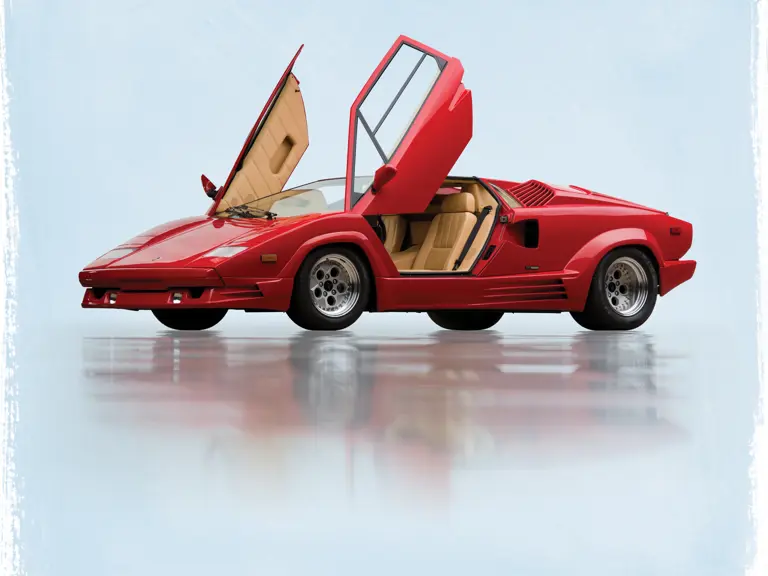
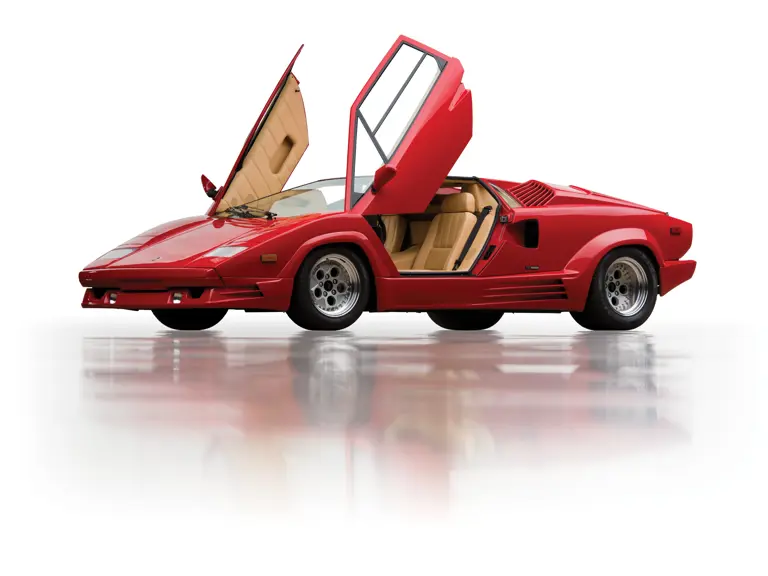

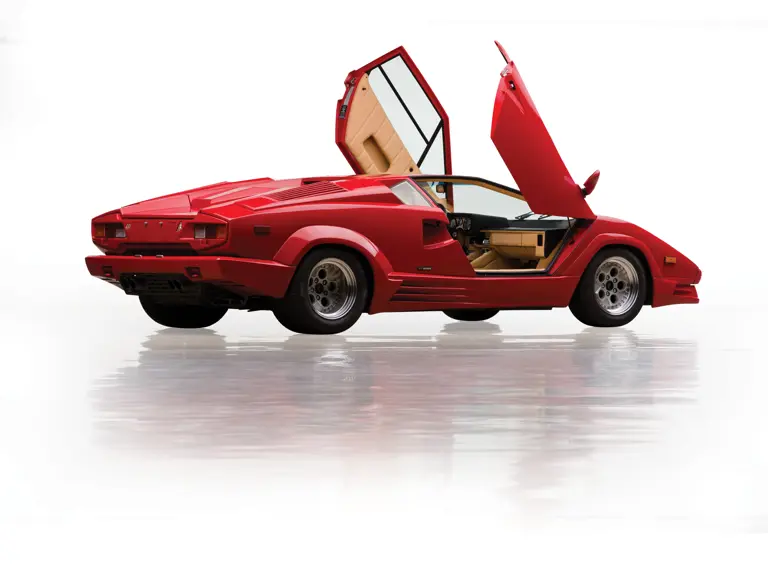



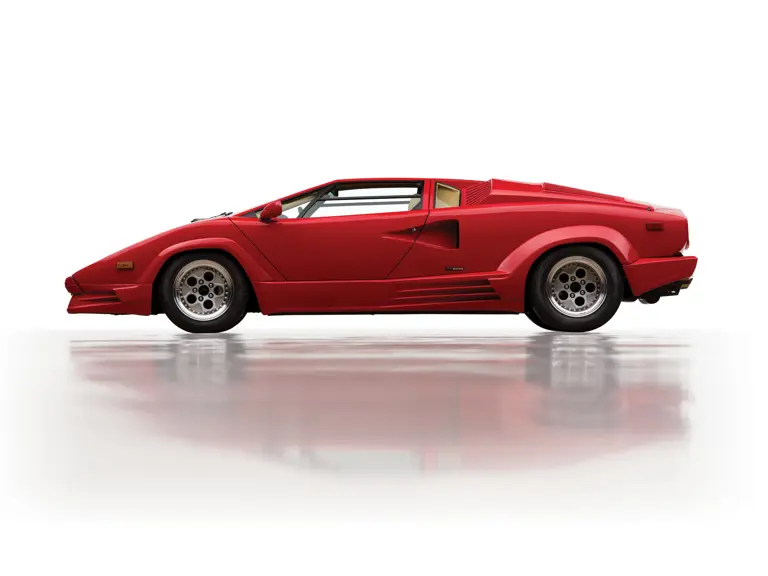
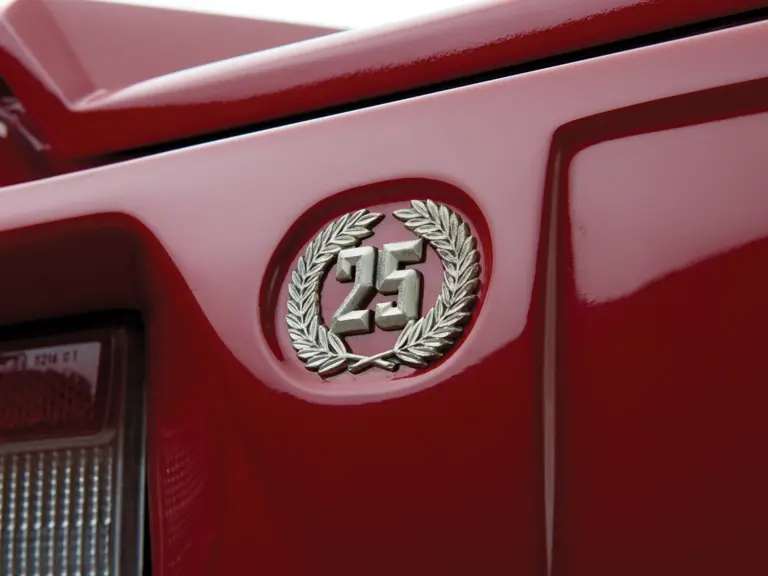
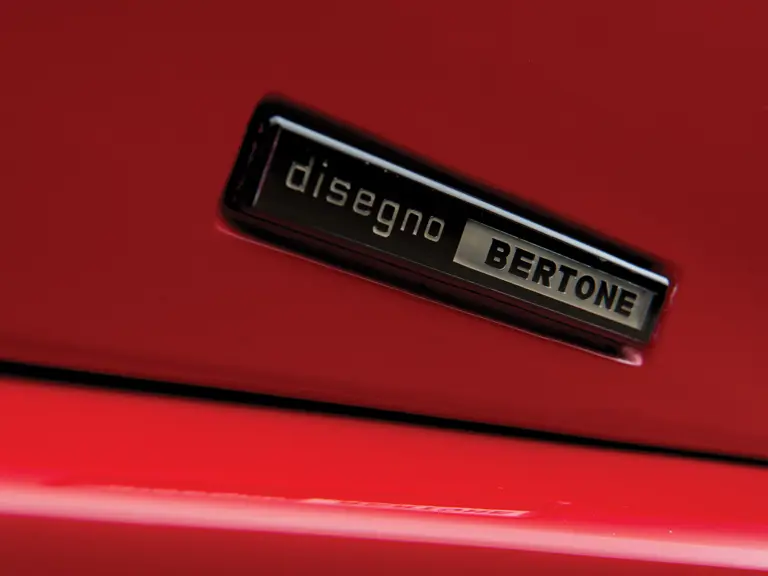

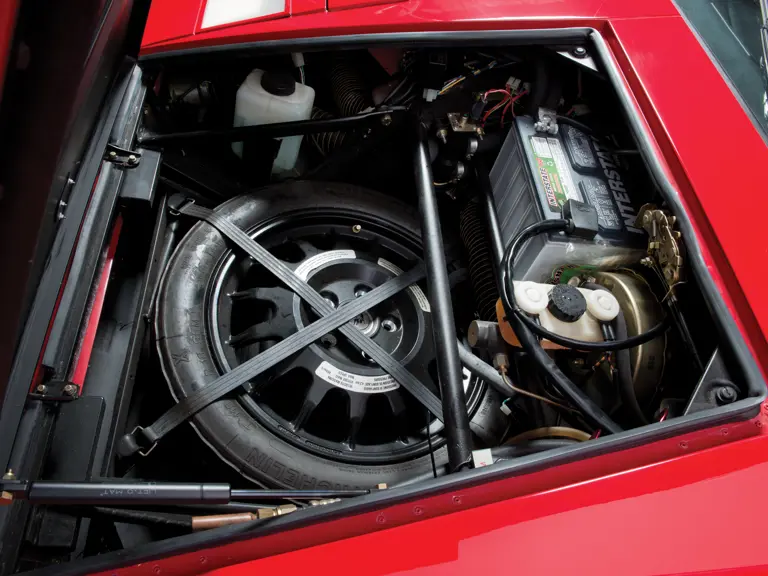


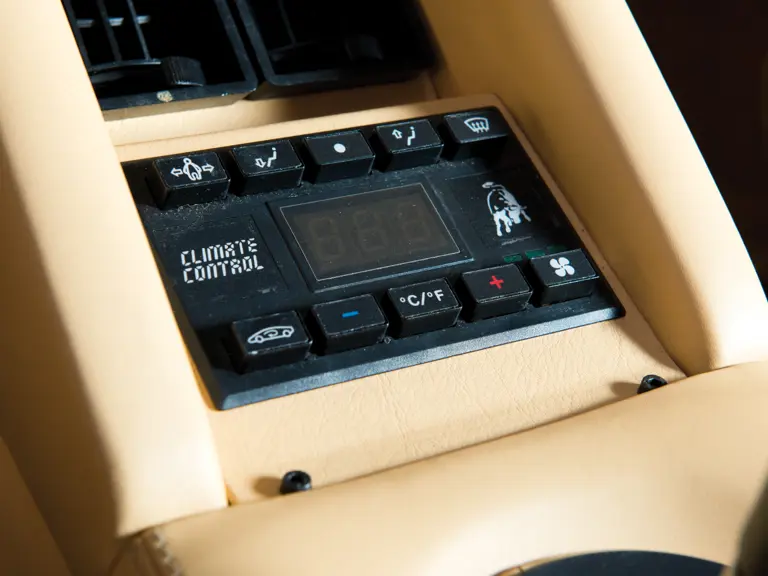



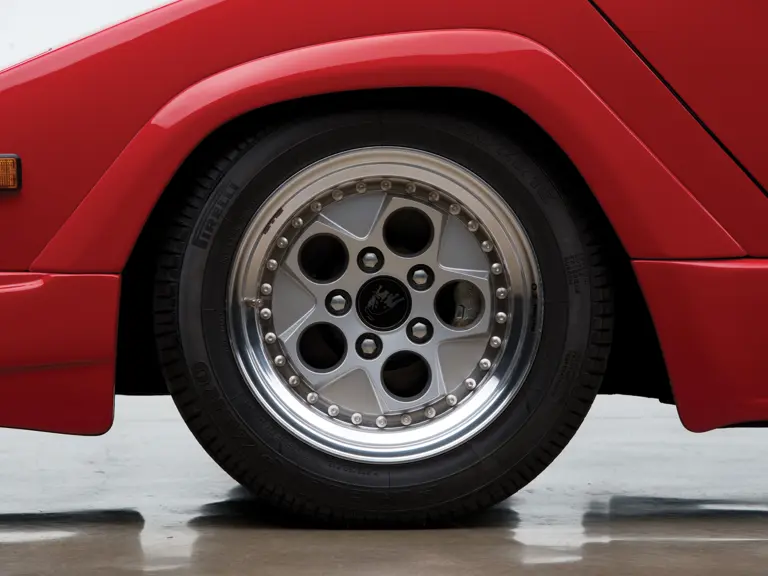
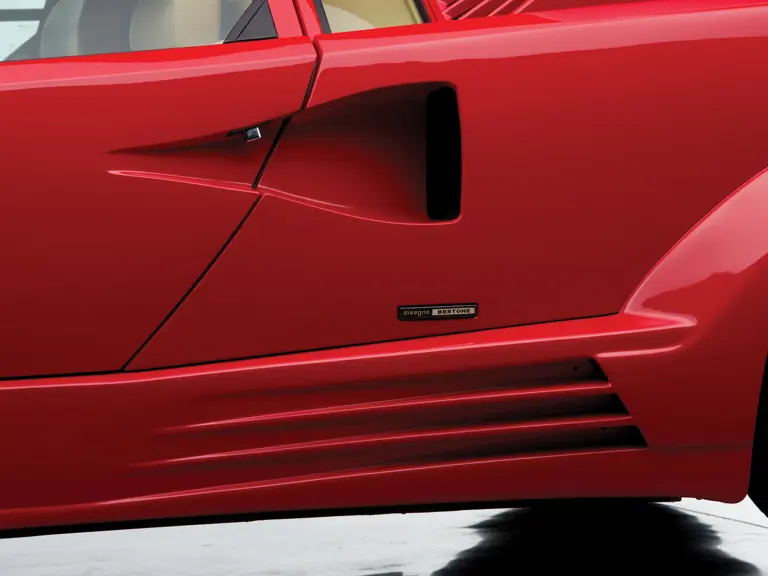

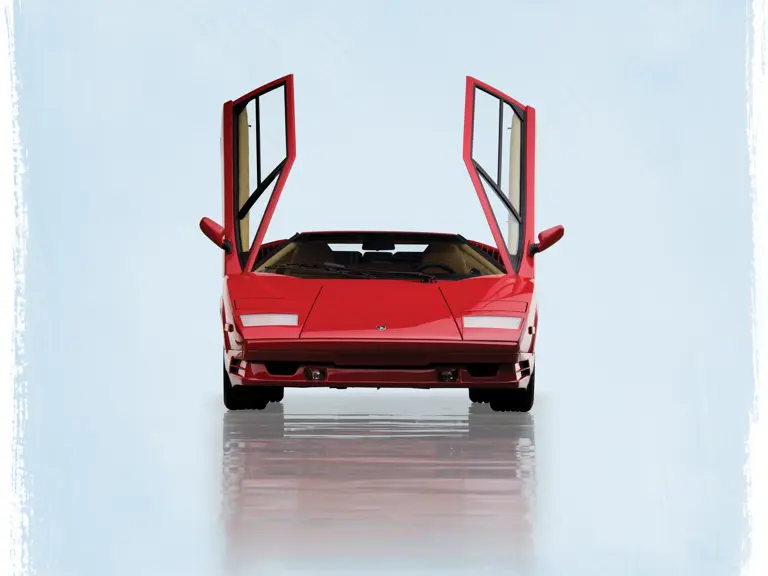
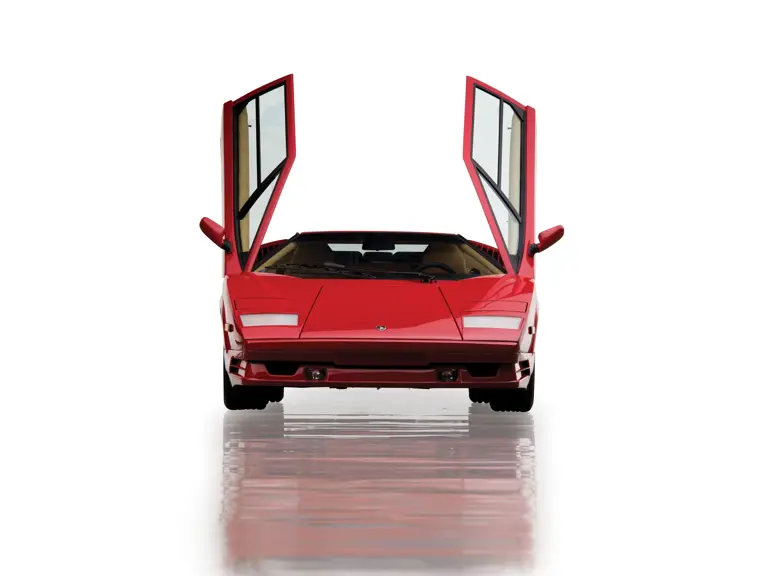

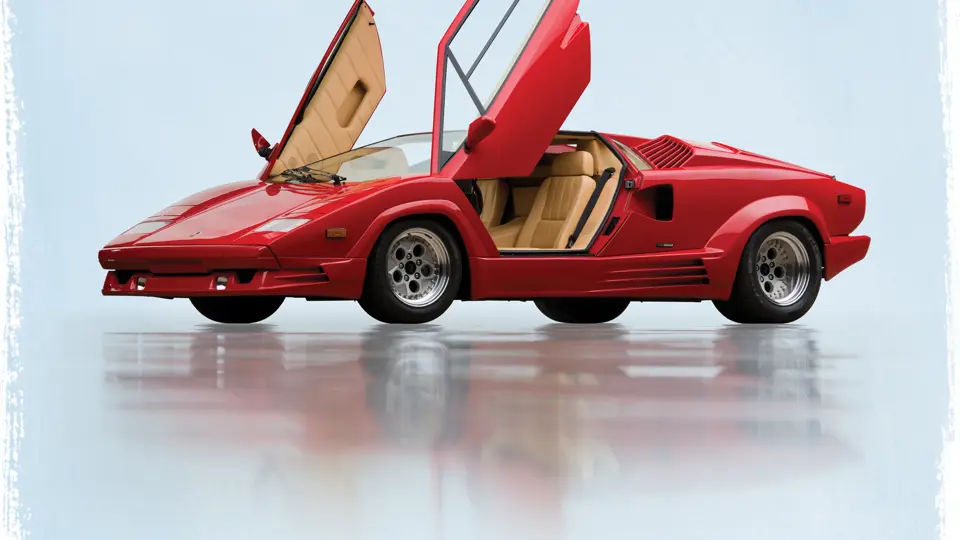
 | Fort Worth, Texas
| Fort Worth, Texas

